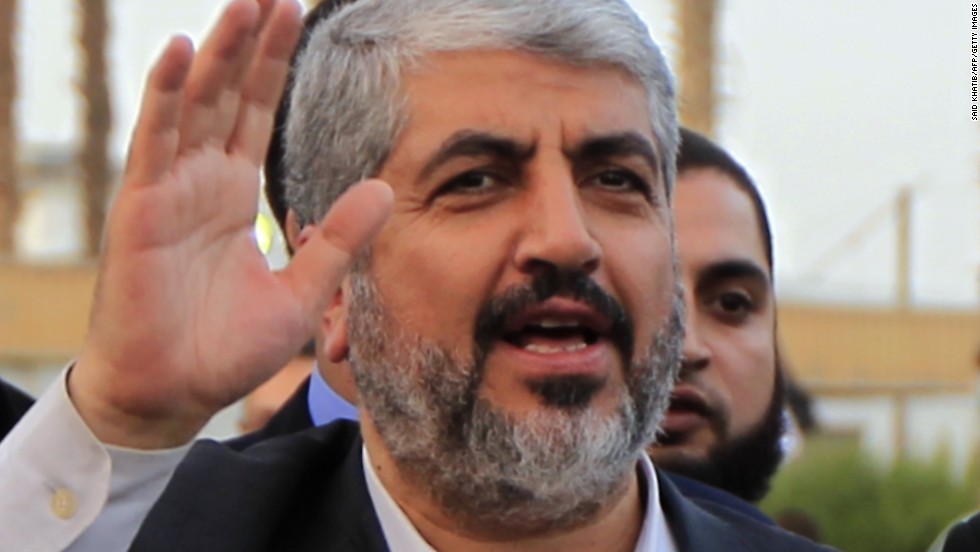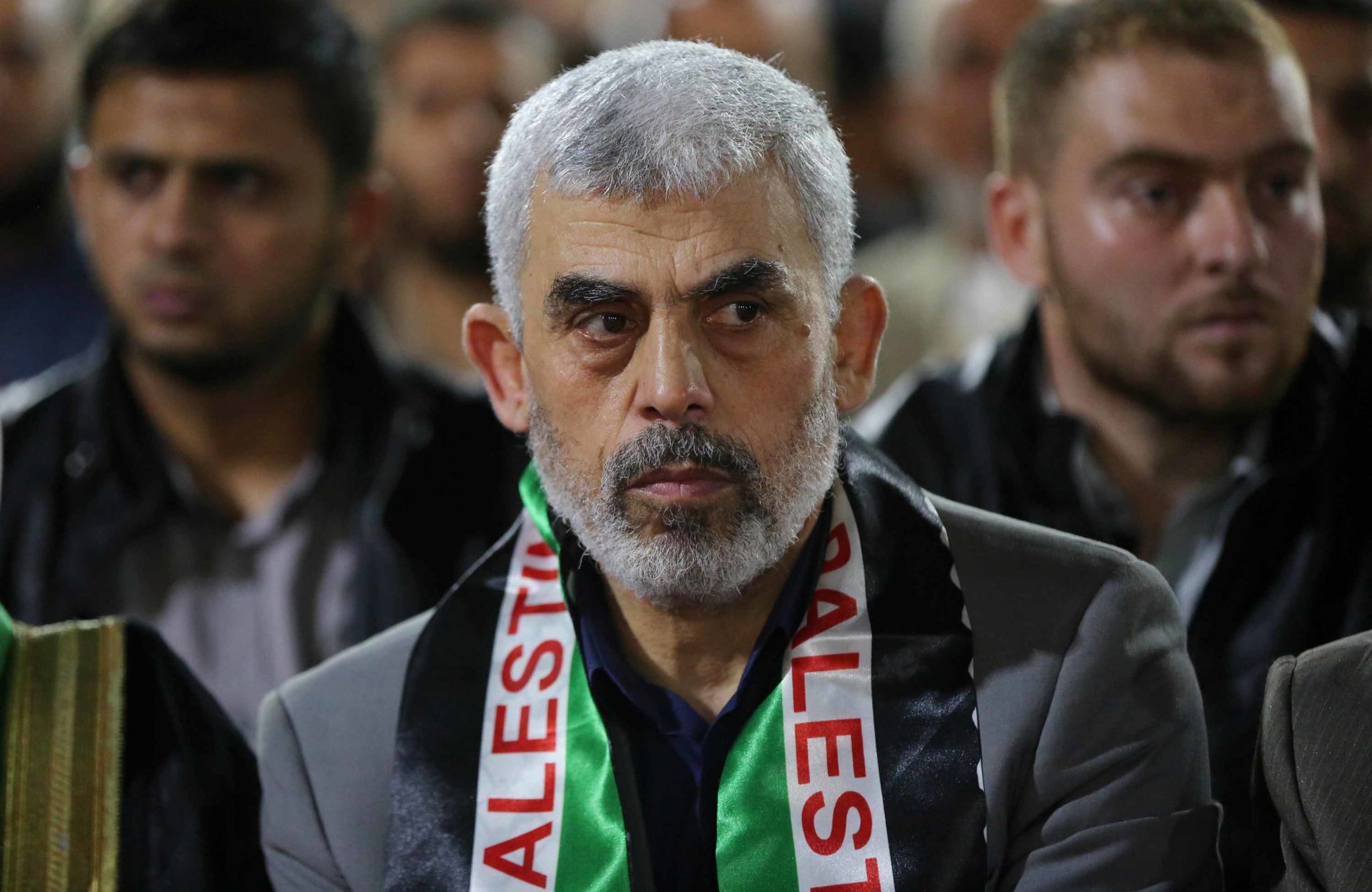Historical Context and Leaders of Hamas

Hamas, an acronym for the Islamic Resistance Movement, is a Palestinian Islamist political organization and militant group. Its origins lie in the tumultuous years following the 1967 Six-Day War, when Israel occupied the West Bank, Gaza Strip, and East Jerusalem. The organization’s founding principles were deeply rooted in Islamic ideology and a commitment to resisting Israeli occupation.
Hamas emerged as a response to the perceived failures of the Palestine Liberation Organization (PLO), which had been the primary representative of the Palestinian people. The PLO, under Yasser Arafat’s leadership, had pursued a strategy of armed struggle and diplomatic negotiations, but had achieved limited success. Hamas, in contrast, advocated for a more radical approach, emphasizing armed resistance and the establishment of an Islamic state in all of historic Palestine.
Evolution of Hamas Leadership
The leadership of Hamas has undergone significant evolution since its inception.
- Sheikh Ahmed Yassin, the organization’s founder, played a pivotal role in shaping its ideology and strategy. He was assassinated by Israel in 2004, but his legacy continues to influence Hamas to this day.
- Khaled Mashal, who succeeded Yassin as Hamas’s political leader, has been instrumental in forging alliances with other Palestinian factions and navigating the complex political landscape of the Middle East. Mashal has also been a vocal critic of Israel and its policies, calling for the destruction of the Jewish state.
- Ismail Haniyeh, the current head of Hamas’s political bureau, has overseen the organization’s governance of the Gaza Strip since 2007. He has been a key figure in mediating ceasefires between Hamas and Israel, and has worked to maintain Hamas’s influence within the Palestinian political arena.
Relationship with Other Palestinian Factions
Hamas’s relationship with other Palestinian factions has been characterized by a complex mix of cooperation and rivalry. The organization has had a long-standing rivalry with the PLO, particularly Fatah, which is the dominant faction within the PLO. This rivalry has been rooted in ideological differences, competing claims to represent the Palestinian people, and a struggle for political power.
- The First Intifada (1987-1993) saw a period of cooperation between Hamas and the PLO, as both groups participated in the uprising against Israeli rule. However, this cooperation was short-lived, and tensions resurfaced after the Oslo Accords, which Hamas vehemently opposed.
- The Second Intifada (2000-2005) witnessed renewed conflict between Hamas and Fatah, culminating in the Hamas takeover of the Gaza Strip in 2007. This event marked a significant turning point in Palestinian politics, as it led to a de facto division of the Palestinian territories between Hamas and Fatah.
Hamas’s Role in the Israeli-Palestinian Conflict: Israel Hamas Leader

Hamas, a Palestinian Islamic resistance movement, has been a central player in the Israeli-Palestinian conflict since its inception. Its involvement has been marked by both military actions and political strategies, profoundly impacting the conflict’s dynamics.
Hamas’s Military Activities
Hamas’s military wing, the Izz ad-Din al-Qassam Brigades, has engaged in armed conflict with Israel, launching rockets and carrying out attacks against Israeli targets. These actions have often been met with Israeli military responses, leading to cycles of violence and escalation. Hamas justifies its military activities as a legitimate form of resistance against Israeli occupation.
Hamas’s Political Strategies, Israel hamas leader
Hamas’s political strategy involves seeking an independent Palestinian state, including the West Bank and Gaza Strip. While Hamas has participated in elections, it has also been accused of using violence to achieve its goals. The group has faced criticism for its stance on Israel’s right to exist, with some interpreting its charter as calling for Israel’s destruction.
Impact of Hamas’s Actions
Hamas’s actions have had a significant impact on the Israeli-Palestinian conflict, affecting both civilian populations and international relations. The group’s military activities have led to civilian casualties on both sides, contributing to the ongoing humanitarian crisis in Gaza. Furthermore, Hamas’s involvement in the conflict has strained relations between Israel and the international community, with many countries condemning Hamas’s actions.
Relationship with the Israeli Government
The relationship between Hamas and the Israeli government has been characterized by hostility and mistrust. The two sides have engaged in multiple rounds of conflict, with each accusing the other of violating international law. The Israeli government has targeted Hamas leaders and infrastructure, while Hamas has launched attacks against Israeli civilians. The relationship remains tense and fraught with challenges, hindering efforts towards a peaceful resolution.
Israel hamas leader – The conflict between Israel and Hamas leaders is a complex issue with a long history. It’s a reminder that sometimes, even when things seem chaotic and confusing, there’s a sense of humor to be found. For example, you know what’s a fun way to enjoy a movie?
With those iconic beetlejuice beetlejuice popcorn buckets ! Just like the conflict, those buckets are a bit spooky, but they always bring a smile to our faces. And that’s a reminder that even in the face of serious issues, there’s always room for a bit of fun and lightheartedness.
The conflict between Israel and Hamas is a complex issue with far-reaching consequences. It’s important to remember that even in times of conflict, families are still trying to navigate everyday life, like feeding their little ones. For parents looking for a safe and convenient way to feed their babies, a baby eating chair attached to the table can be a real lifesaver.
Hopefully, a peaceful resolution can be found soon so that families on both sides can focus on the everyday joys, like feeding their babies, without fear.
